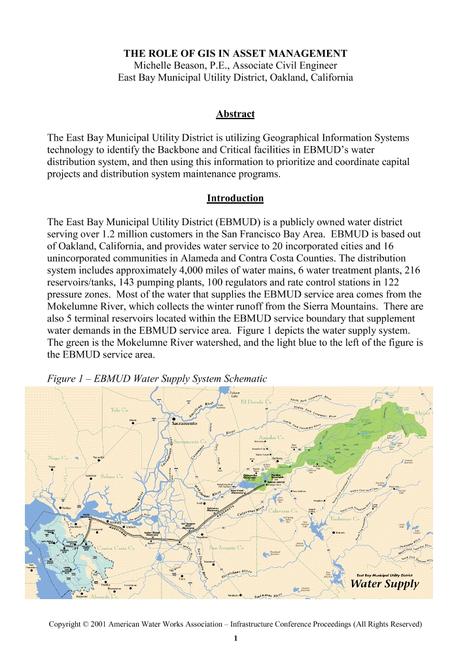-
-
Available Formats
- Options
- Availability
- Priced From ( in USD )
-
Available Formats
-
- Secure PDF 🔒
- Immediate download
- $30.00
- Add to Cart
-
- Printed Edition
- Ships in 1-2 business days
- $30.00
- Add to Cart
Customers Who Bought This Also Bought
-

AWWA JAW39327
Priced From $30.00 -

AWWA INF53969
Priced From $24.00 -

AWWA JAW59799
Priced From $30.00 -

AWWA JAW59813
Priced From $30.00
About This Item
Full Description
More and more U.S. water providers are looking into riverbank filtration (RBF) systems as a simple, low-cost, and effective pretreatment process for drinking water production. However, many utilities are not aware that RBF is also ideal for handling chemical shock loads that may result from emergency spills or spring flooding in agricultural watersheds. With RBF, dissolved and suspended contaminants are reduced as the water passes through the river sediment-aquifer system. In addition, RBF systems can moderate peak concentrations of chemicals and delay their arrival at the pumping wells, providing utilities with ample time to take necessary treatment action. In this research, a model was used to investigate the effectiveness of RBF systems in mitigating chemical shock loads. Scenarios simulated both horizontal and vertical wells, with riverbed and bank hydraulic properties varying as a function of river stage. Results indicated that RBF wells subject to chemical shock loads do not allow significant breakthrough of spilled chemicals if the bank material is low in conductivity or, if the bank material is highly conductive, wells are placed away from the river. The Long Term 2 Enhanced Surface Water Treatment Rule's provision of a 0.5- to 1.0-log filtration credit has generated increased interest in RBF systems. RBF's ability to mitigate chemical contamination from spills, agricultural chemical applications, and chemical runoff during flood events should make the process even more attractive to US water suppliers.





